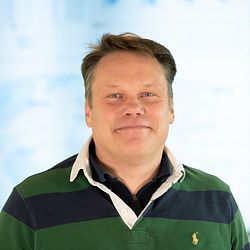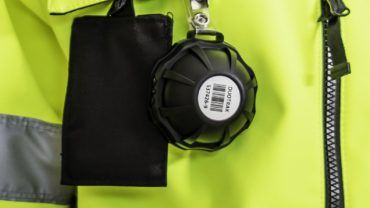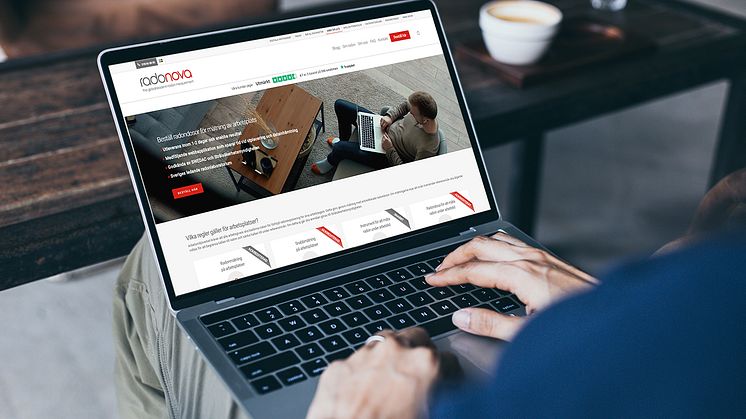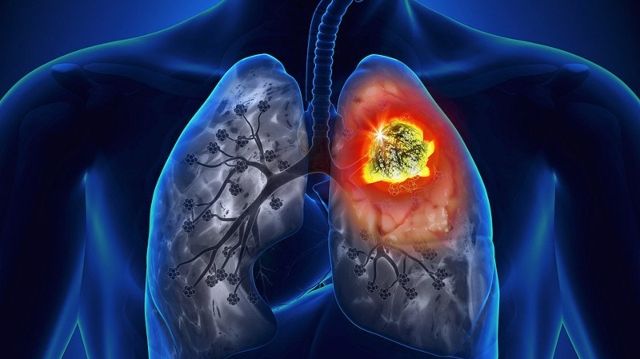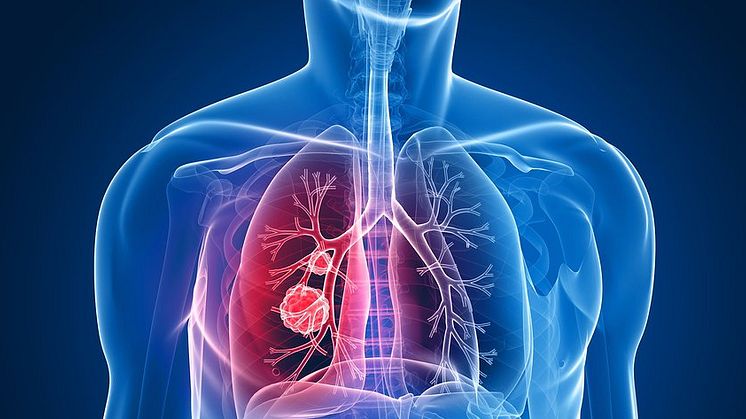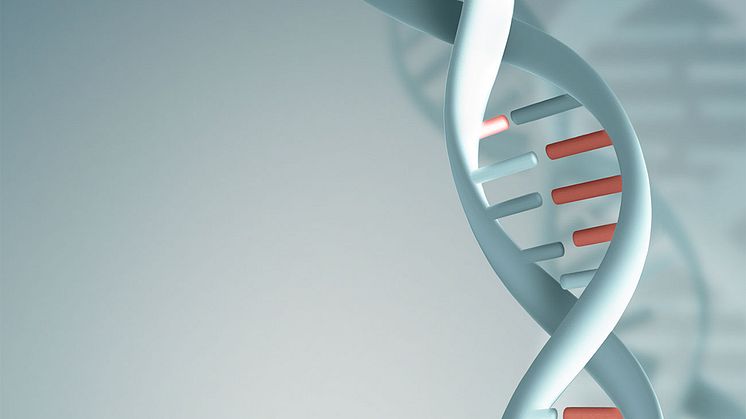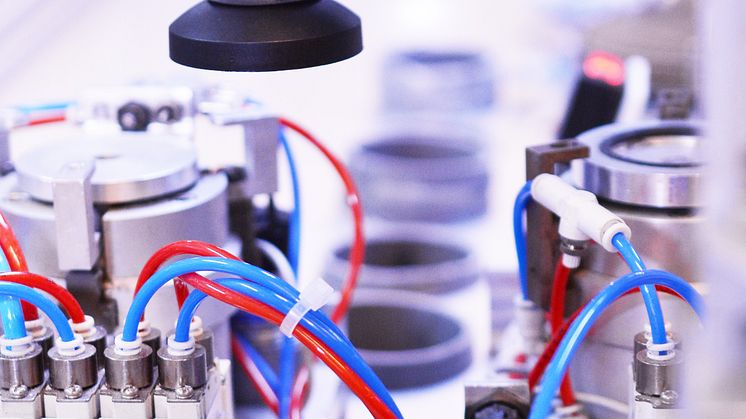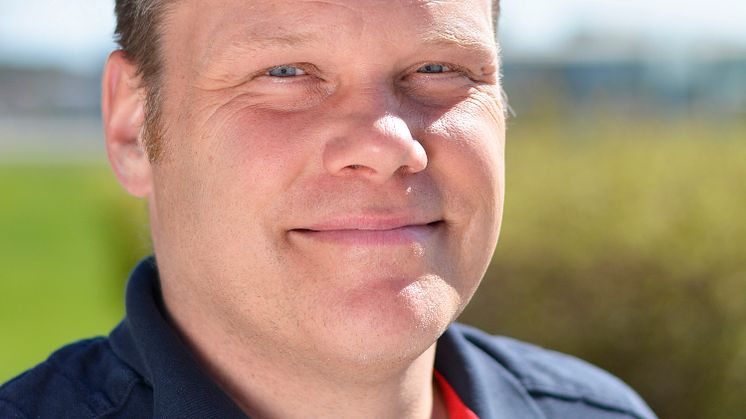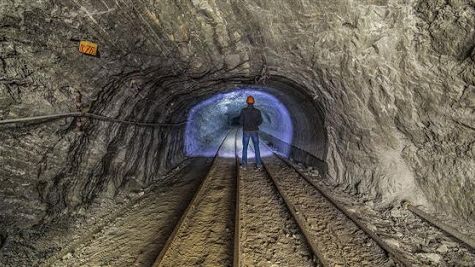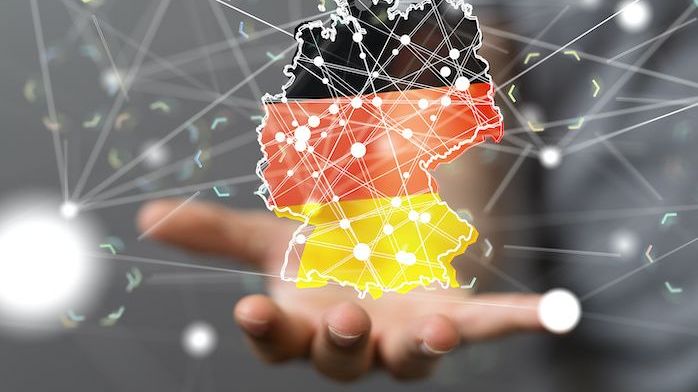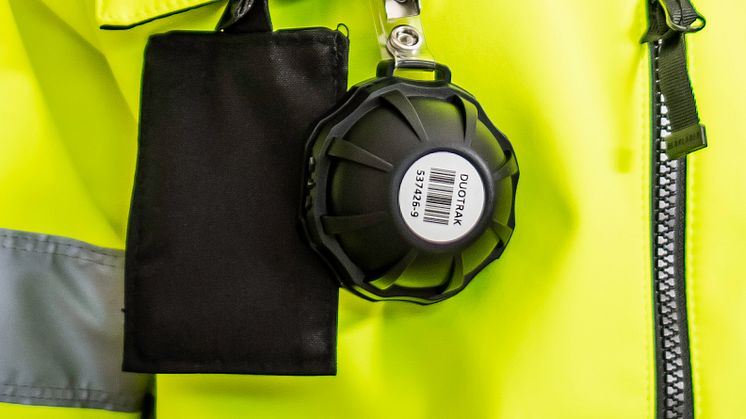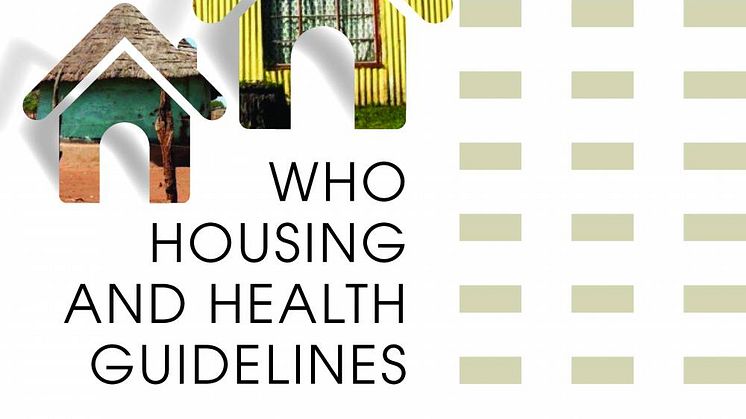
Press release -
Personal radon dosimeters give LKAB full control over radon exposure levels
The international high-tech mining and mineral company LKAB always prioritises sustainability and safety in the workplace. This includes ensuring that the working environment does not expose staff to radon gas levels above the applicable limit values.
We met LKAB's work environment technician Johan Sjöström, who tells us how the company has used Radonova's personal radon dosimeters over the past year to continuously check the status of radon levels.
Why were you looking for this type of solution?
LKAB has been conducting fixed radon measurements since the 1970s. In order to ensure that our employees are not exposed to radon gas levels above the applicable limit values, we also need to measure individual exposure to radon. To do that effectively the best solution is to use personalized dosimeters, which Radonova provides. We always try to find suppliers who meet meticulous standards and are industry leading at all levels. In addition to supplying best in breed hardware, Radonova also provides fast and accurate analysis reports. Suppliers must also comply with our supplier handbook, where we have certain basic requirements. Radonova ticks all the boxes in terms of our requirements and standards.
What are your first impressions after using the personal dosimeters?
We have been impressed with the solution after using it for a year. Radonova has knowledgeable staff who are happy to answer questions and concerns about radon. The analytical responses from the lab have been quick and the reports have been easy to understand. The collaboration between ourselves and Radonova has been excellent, and we have been fully involved in the reporting process. By being involved in designing the analysis reports, it has been possible to remove so-called background measurements. This has meant that we do not have to invest our own resources in calculating the correct exposure for staff. Considering that we have about 350 employees spread over about 20 locker rooms in the Malmberget mine alone, it equates to a large time saving.
Are there occupational groups where it is particularly important to measure exposure?
The mining environment is naturally changing and our employees can be in several different places over time. Therefore, it is difficult to predict in detail how the different occupational groups will be exposed. However, we see it as extra important that we carry out measurements on staff who work in areas which don’t have full ventilation. This would include ventilation and maintenance personnel, chargers and wreckers.
How does LKAB work to reduce employees' exposure to radon?
We actively follow up personal measurements. This includes monitoring staff who are already exposed to 0.4 Mbqh/m3. When we see that there is a risk of exceeding the limit value of 0.72 Mbqh/m3, we open up dialogue with immediate managers and work environment developers to find an appropriate solution.
We also proactively take short-term measurements using RAD 7 instruments. Those measurements give us a quick indication of what radon levels we are dealing with. This means that we can avoid situations where employees stay too long in areas with high radon levels. If we see that employees are starting to move towards high exposure levels, we can also rotate staff in the working groups. Sometimes we can also take technical measures, for example controlling ventilation in the areas where we see that we have high radon levels. We can also close part of the rock if we see cracks.
How knowledgeable are employees about the dangers of radon exposure?
It feels like they have become more and more familiar. One contributing factor is that the radon issue has received more public attention. The personal dosimeter is not something that simply hangs on the jacket, it serves an important purpose. We are also noticing more interest when we carry out short-term measurements with radon instruments in coffee rooms for example. This gives us a good opportunity to discuss radon issues on the spot with employees.
LKAB in brief
Luossavaara-Kiirunavaara AB (publ), which is abbreviated to LKAB, is an international high-tech mining and mineral group that mines and processes Norrbotten's unique iron ore for the global steel industry. LKAB is one of Sweden's oldest industrial companies and is wholly owned by the Swedish state.
Related links
Topics
Categories
With our modern laboratory in Uppsala, Sweden, facilities in North America, and customers in over 50 countries, we are the global leader when it comes to measuring radon. We employ over 25 highly trained administrative, technical and laboratory staff who are engaged in production, analysis, sales, technical support plus R & D. Our work is based on a customer-oriented perspective, and our objective is to always surpass your expectations with regard to quality, service and experience.
As an ISO 17025 accredited company we continually monitor our own performance making sure we meet and exceed stated quality and performance standards. We constantly review our procedures and team training to maintain and improve both our technical competence and client satisfaction. Our ability to offer an accurate and precise analysis service ensures reliability at all levels.

